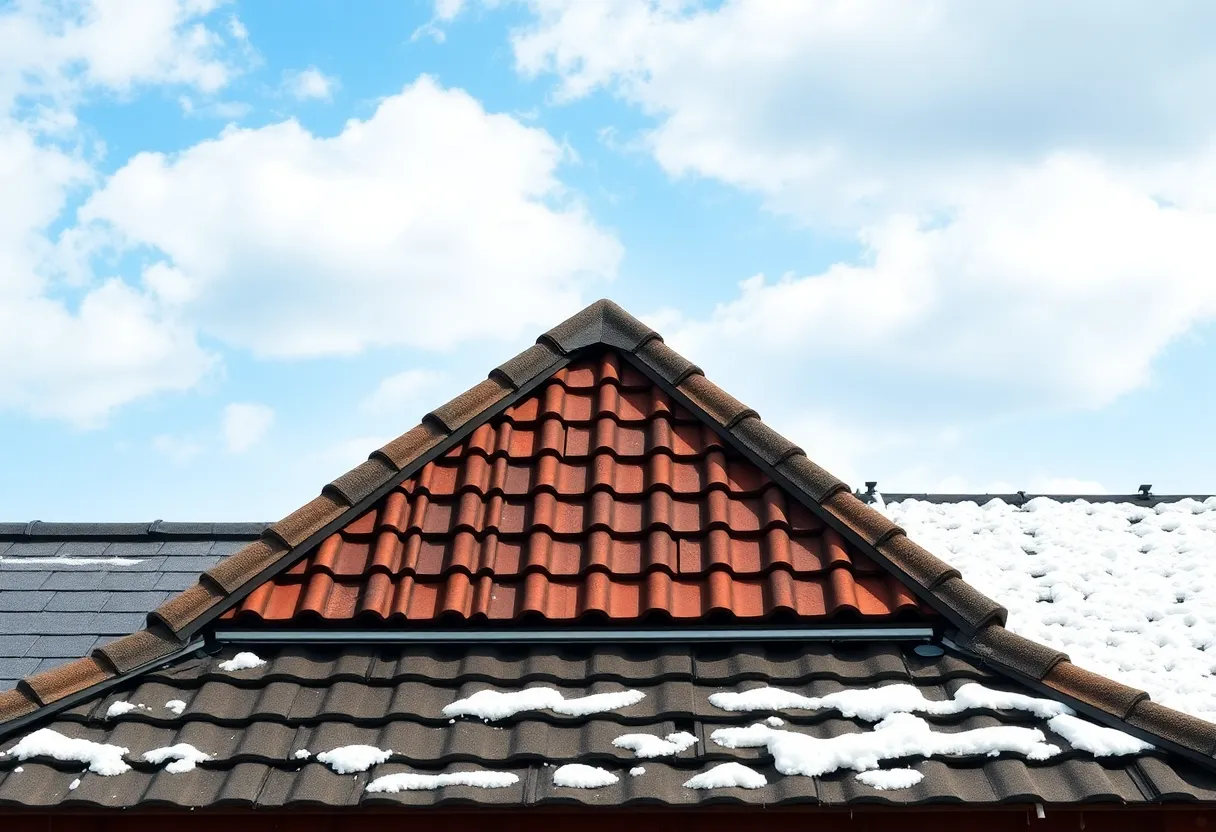How Do I Determine the Best Roof Type for My Location?
Choosing the correct roof type is essential for maintaining a home’s durability, aesthetics, and energy efficiency. Factors that influence the decision include climate, architectural design, and local regulations. This article provides a structured approach to help you select the best roof for your location.
Understanding Your Climate
The first step in determining the best roof type is analyzing your local climate. Factors such as temperature, precipitation, and wind speed play a critical role in your roofing choice.
Temperature Variations
Locations with extreme heat often benefit from reflective roofing materials. These can reduce cooling costs by reflecting sunlight. Conversely, colder climates may require materials that provide better insulation to retain heat.
Precipitation Levels
Regions with heavy rainfall or snow accumulation need roofing that can withstand moisture. Options such as asphalt shingles or metal roofing can offer excellent water resistance. For very snowy areas, a steep-pitched roof can help prevent snow buildup.
Wind Speeds
High wind areas require roofs that are engineered to withstand gusts. Look for roofing materials like metal or slate that have higher wind ratings. Also, consider installation techniques that enhance a roof’s stability against wind forces.
Examining Roof Types
There are various roofing materials available, each with unique properties. Familiarizing yourself with popular choices can aid your selection process.
Asphalt Shingles
Asphalt shingles are affordable, easy to install, and available in numerous colors. They perform well in diverse climates but may not be as durable as other materials.
Metal Roofing
Metal roofs are highly durable and energy-efficient. They reflect sunlight, reducing cooling costs while withstanding snow, rain, and wind. However, they are typically more expensive than asphalt shingles.
Tile Roofing
Tile roofs, often made from clay or concrete, provide excellent longevity and weather resistance. They are also fire-resistant. However, their weight and high cost may limit their practicality in some locations.
Wood Shingles
Wood shingles offer a natural aesthetic and good insulation properties but require more maintenance than synthetic options. They are best suited for drier climates due to their susceptibility to mold and rot.
Considerations for Home Design
The architectural style and structure of your home significantly influence roofing choices.
Roof Pitch
A home with a low pitch may not be able to support heavy tiles or certain types of metal roofing. Conversely, steep-pitched roofs can be ideal for shingles or tiles that offer better drainage.
Aesthetic Appeal
Consider your neighborhood’s architectural style. Uniformity often enhances property values, making it essential to choose a roof that complements other homes in your area.
Local Building Codes and Regulations
Always check local building codes before finalizing your roofing choice. Specific regulations may dictate allowable materials, colors, and roof pitch. This ensures compliance and can prevent future legal issues.
Energy Efficiency Considerations
Energy-efficient roofing can significantly reduce utility bills. Materials like metal or certain types of tiles are excellent for energy conservation.
Reflective Coatings
Applying reflective coatings can enhance the energy efficiency of your roof. These coatings keep interiors cooler during hot months, translating into lower air conditioning costs.
Insulation Quality
Consider pairing your roofing material with high-quality insulation. Proper insulation not only retains heat but also contributes to a longer lifespan for your roofing system.
Cost Analysis
Budget is a crucial factor when determining the best roofing type. Costs vary significantly depending on the material chosen.
Initial Costs vs. Long-Term Savings
While asphalt shingles may have lower upfront costs, metal roofing’s durability may result in fewer replacements and repairs over time. It’s essential to weigh initial costs against potential long-term savings.
Environmental Impact
Consider the environmental implications of your roofing material. Sustainable options such as metal or certain tiles can be recycled at the end of their lifespan, making them more eco-friendly.
Energy Star Rated Products
Look for roofing materials that have Energy Star ratings. These products are designed to reflect more sunlight, helping conserve energy in your home.
Consulting Professionals
Consulting with a roofing professional can provide insights tailored to your specific situation. Professionals can evaluate your home and location to recommend the most suitable roofing options.
Get Multiple Quotes
Receiving quotes from different companies can help you understand the market rate for your selected roofing materials. Always consider the company’s reputation and experience.
Conclusion
Determining the best roof type for your location involves analyzing multiple factors, including climate, architectural style, and local regulations. By considering the pros and cons of various materials and consulting with experts, you can make an informed decision. Investing in the right roofing solution not only enhances your home’s appeal but also ensures longevity and energy efficiency.







